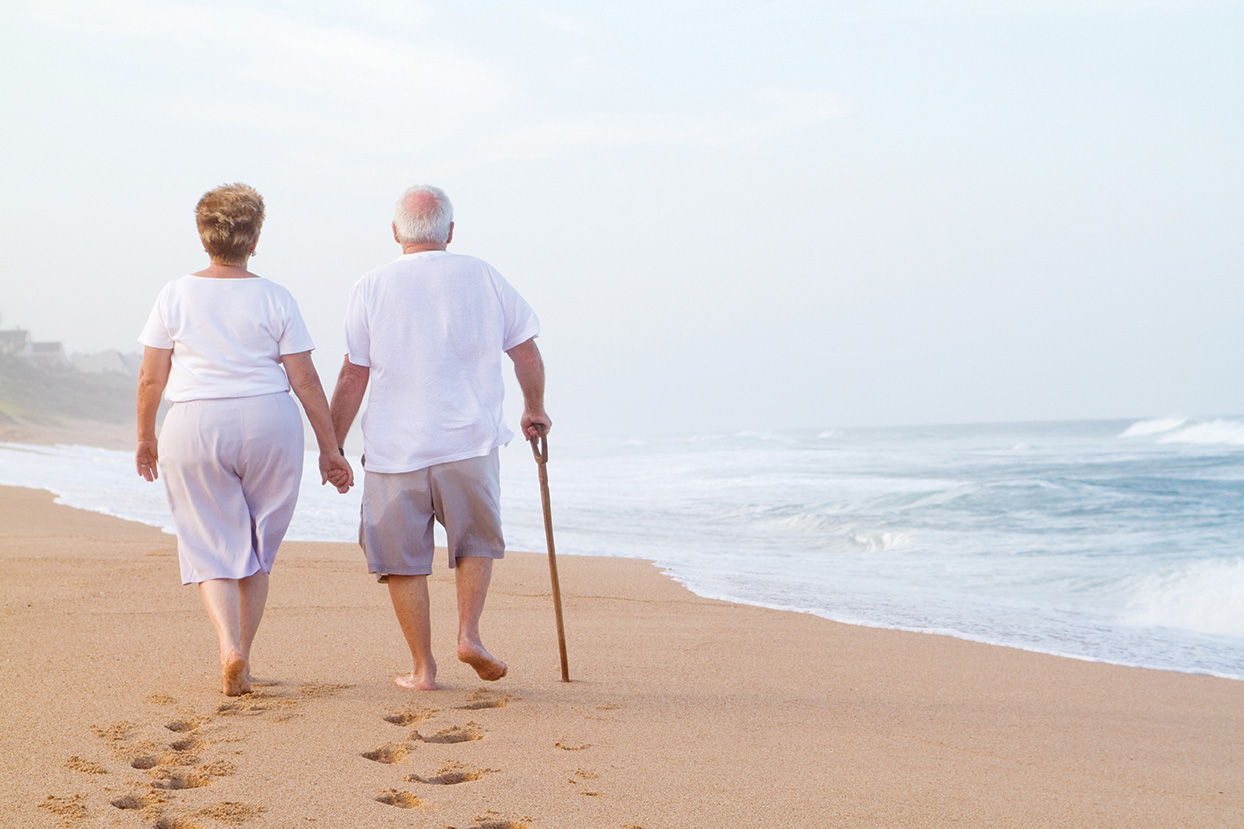IMAGINE THIS: You’re sitting on your couch watching TV. You get up to go to the kitchen, but unexpectedly trip and tumble your way to the ground. You feel an ache in your knee and a bump on your head. What’s even more confusing is that you don’t know why you weren’t able to keep your balance. If you’re over age 65, this scenario may sound all too familiar. According to the Centers for Disease Control and Prevention (CDC), 2.8 million older people are treated in emergency departments for fall injuries each year. For far too many elderly Americans, falls can have a catastrophic impact on their quality of life. As you age, your leg muscles weaken and lose mass, reducing your ability to maintain balance. This means that everyday activities—like getting in and out of the car or shower or walking up and down stairs—can put you at greater risk of falling than when you were even just a few years younger.
The physical systems in your body that maintain balance begin to degrade as well. Have you ever stood up too quickly after sitting for a while? You may have gotten dizzy or experienced a sudden rush of vertigo. As you get older, disturbances in your inner ear can cause sensations like this to occur, which could compromise your sense of balance and firm footing on the ground. That’s why taking steps to prevent falls is a key part of healthy aging.
Mitigating Your Fall Risk: Exercise, Vitamin D, Vision and Hearing Testing, and Walking Aids
Fortunately, though, there are proven ways to help mitigate your risk of falling. According to Dr. Tiffany E. Shubert, Senior Research Scientist at the Center for Health Promotion and Disease Prevention at the University of North Carolina at Chapel Hill, exercise is the single best fall-prevention measure. She also recommends testing your body’s level of Vitamin D, which helps to absorb calcium and slow down bone and mineral loss. Dr. Michael Wade, Professor of Kinesiology at the University of Minnesota’s School of Kinesiology, stresses the importance of preventative measures, like having your vision and hearing tested. “Getting that health checkup on a regular basis and not waiting until the problem occurs is the best way to do it,” Wade says. Dr. Wade also points out that as we get older, our walking gait can degrade into a shuffle, which increases the risk of tripping over everyday objects. That’s why it’s key to ensure all carpeting and rugs are secured to floors and stairs, proper lighting is installed in rooms and walkways, and extreme caution is taken in hazardous conditions, like snow, ice, or rain. As the aging process takes hold, there may also come a time when our bodies need a little help. “Walking sticks, canes, and walkers certainly help us balance, but they also help us maintain stability by providing that extra bit of information about the surface over which we are traveling,” Wade notes. The prospect of a fall can be scary for seniors. But by taking the proper preventative measures to reduce the risks, you’re taking positive steps to improve your health. Rise up. It’s time to get on your feet and live your most vibrant life.



